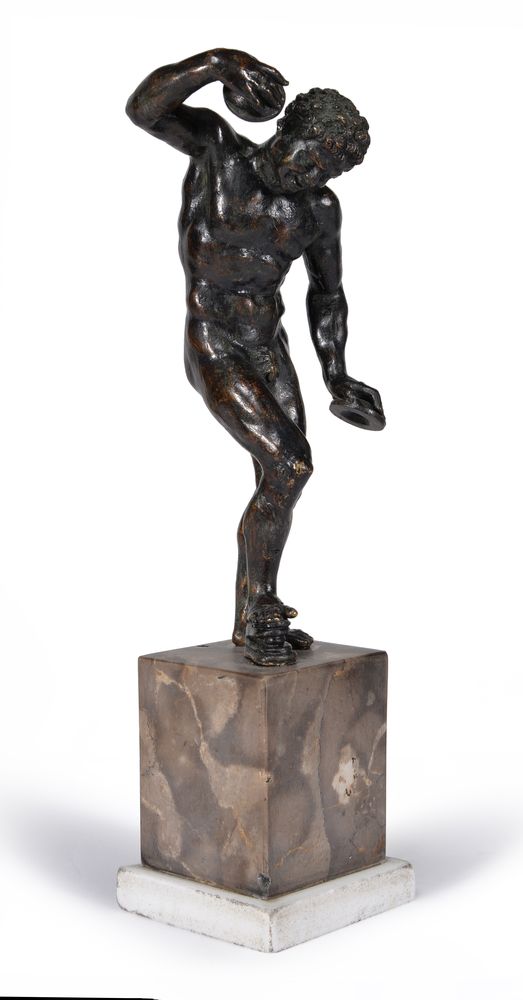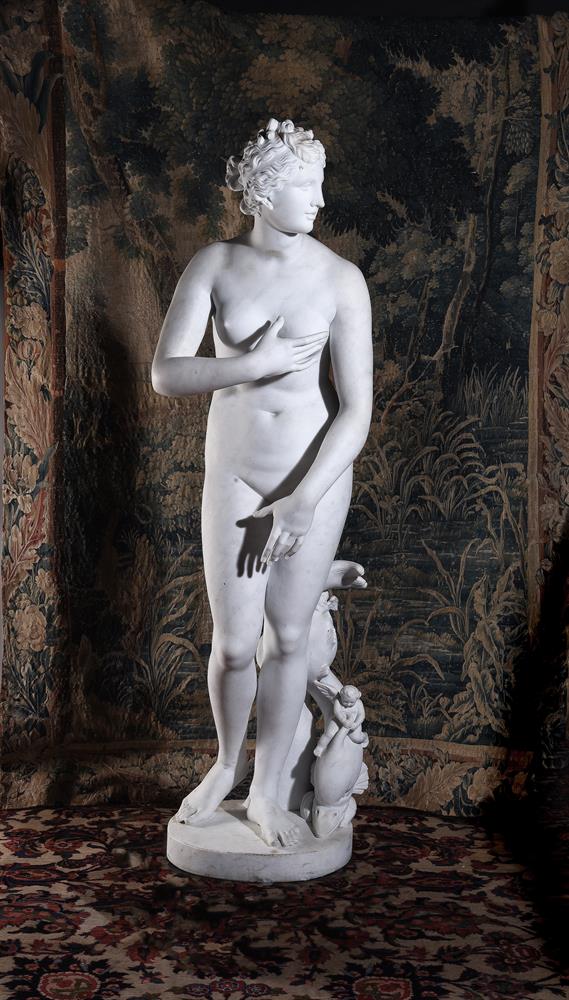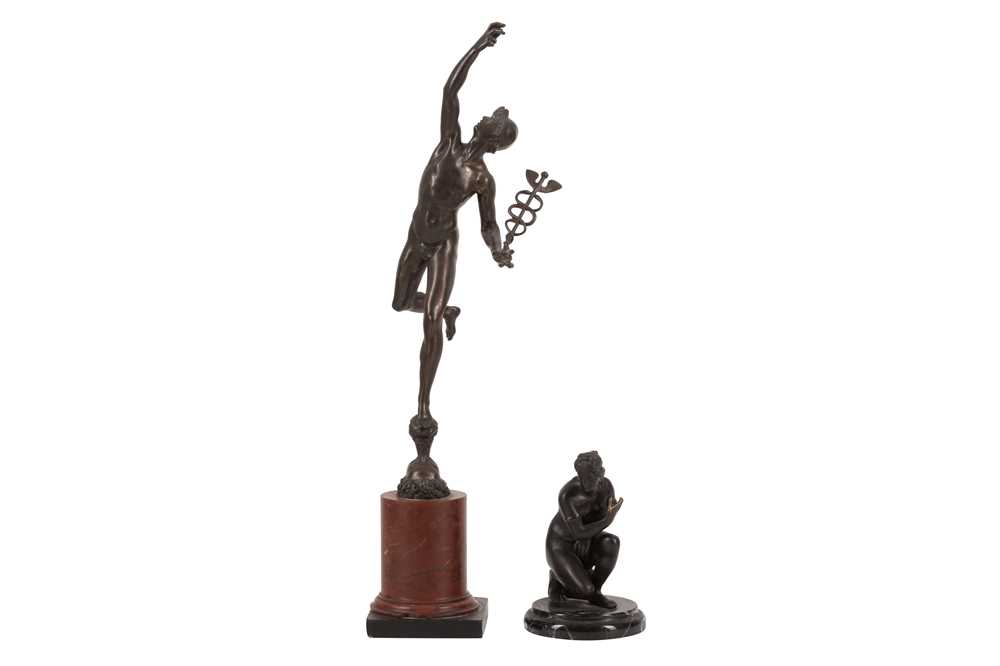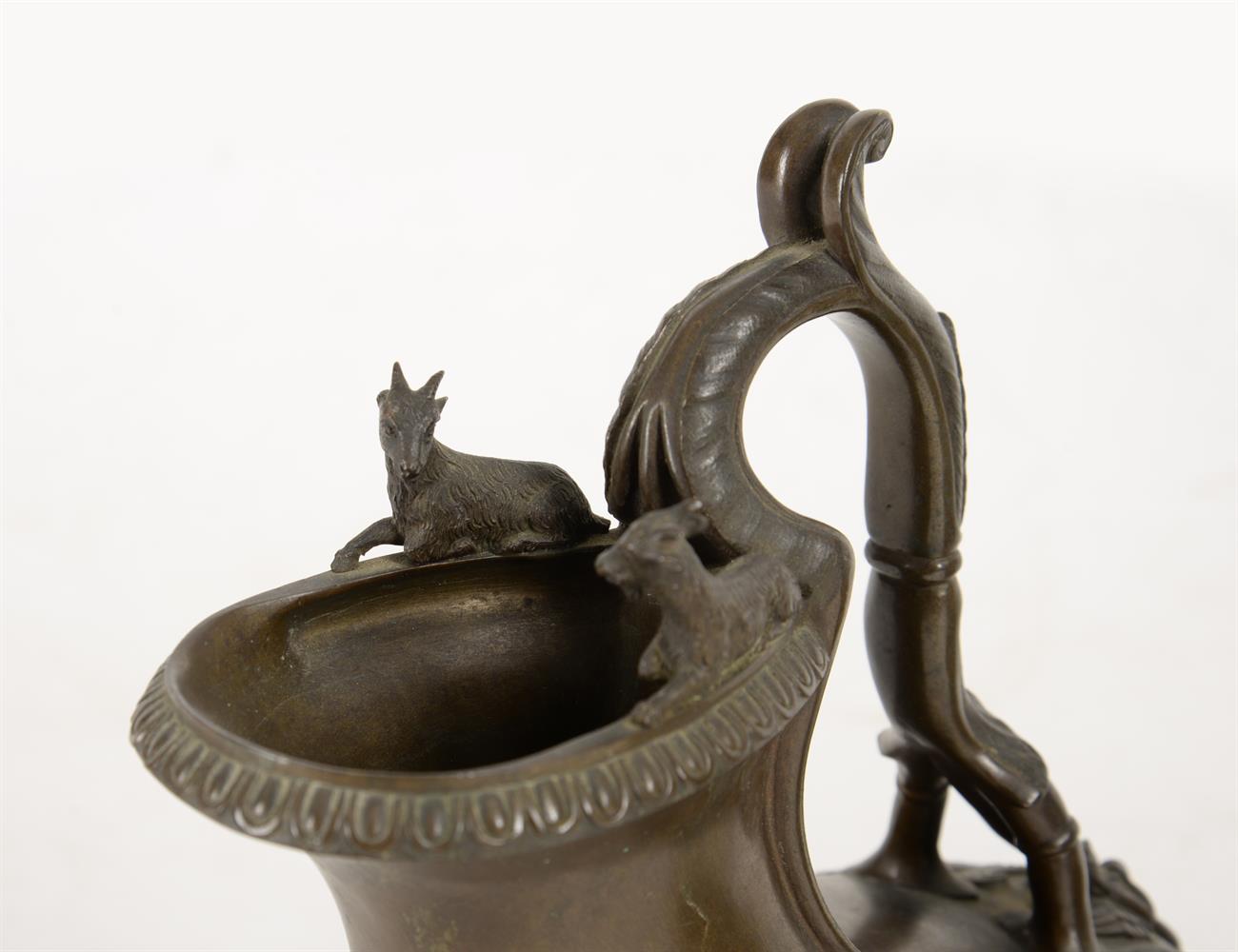AFTER THE ANTIQUE, A FIBREGLASS MODEL OF THE GADDI TORSO MODERN Modelled to simulate sculpted white marble, truncated by design after the antique original 82cm high The marble Gaddi Torso displayed in the Classical Sculpture Room of the Uffizi Gallery in Florence is a Hellenistic work of the 2nd century BC. Its dynamic tension and unusually refined modelling almost certainly place it amongst sculptures of the Pergamene school. Formerly considered to be the torso of a satyr when it was in the Gaddi collection in Florence, the sculpture is now thought to represent a centaur straining against his bonds, a theme that was represented several times in Hellenistic art, as it was an emblem of civilized control of Man's baser nature. The torso was very likely discovered in Rome, according to Giovanni Di Pasquale and Fabrizio Paolucci. It was certainly already in the collections of the Gaddi family in the early 16th century, when Florentine artists and sculptors knew it Condition Report: Overall this is of recent (21st century) manufacture and is aged to look like the antique, with simulated wear and losses (truncating at limbs) in line with the antique original - surface similarly 'scuffed' and 'degraded' but is only simulation Please see additional images for visual reference to condition and appearance Condition Report Disclaimer
AFTER THE ANTIQUE, A FIBREGLASS MODEL OF THE GADDI TORSO MODERN Modelled to simulate sculpted white marble, truncated by design after the antique original 82cm high The marble Gaddi Torso displayed in the Classical Sculpture Room of the Uffizi Gallery in Florence is a Hellenistic work of the 2nd century BC. Its dynamic tension and unusually refined modelling almost certainly place it amongst sculptures of the Pergamene school. Formerly considered to be the torso of a satyr when it was in the Gaddi collection in Florence, the sculpture is now thought to represent a centaur straining against his bonds, a theme that was represented several times in Hellenistic art, as it was an emblem of civilized control of Man's baser nature. The torso was very likely discovered in Rome, according to Giovanni Di Pasquale and Fabrizio Paolucci. It was certainly already in the collections of the Gaddi family in the early 16th century, when Florentine artists and sculptors knew it Condition Report: Overall this is of recent (21st century) manufacture and is aged to look like the antique, with simulated wear and losses (truncating at limbs) in line with the antique original - surface similarly 'scuffed' and 'degraded' but is only simulation Please see additional images for visual reference to condition and appearance Condition Report Disclaimer















Testen Sie LotSearch und seine Premium-Features 7 Tage - ohne Kosten!
Lassen Sie sich automatisch über neue Objekte in kommenden Auktionen benachrichtigen.
Suchauftrag anlegen